A map may squeeze the entire Earth into a flat 2D sheet of paper, but it is not always accurate. Condensing a leviathan spherical planet into a flat wallpaper ends up distorting so many elements like continents’ sizes and structures. So, in 2018, some cartographers crafted a new map they called the “Equal Earth projection Map,” which is the most accurate world map created to date. They released their mapmaking study in the International Journal of Geographical Information Science.
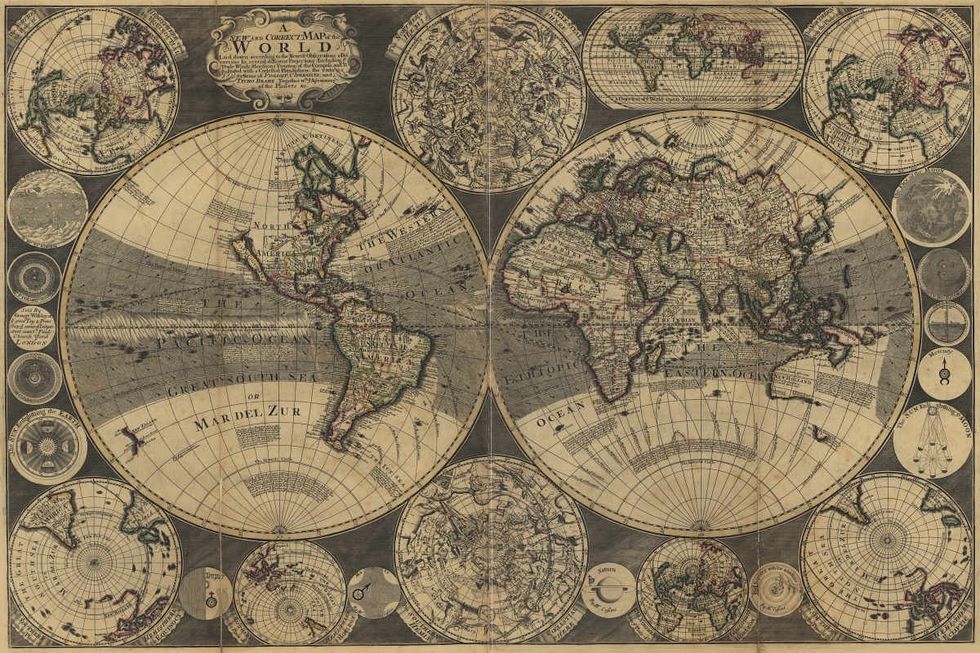
In ancient times, cartographers designed maps with illustrations of sea monsters and gold honey-wine lakes. In 1569, a Flemish geographer and cartographer named Gerardus Mercator designed a map that came to be known as the “Mercator projection map,” per IFL Science. Until the discovery of the Equal Earth map, Mercator was the primary map that was used everywhere. However, the problem with these maps was scientific accuracy.
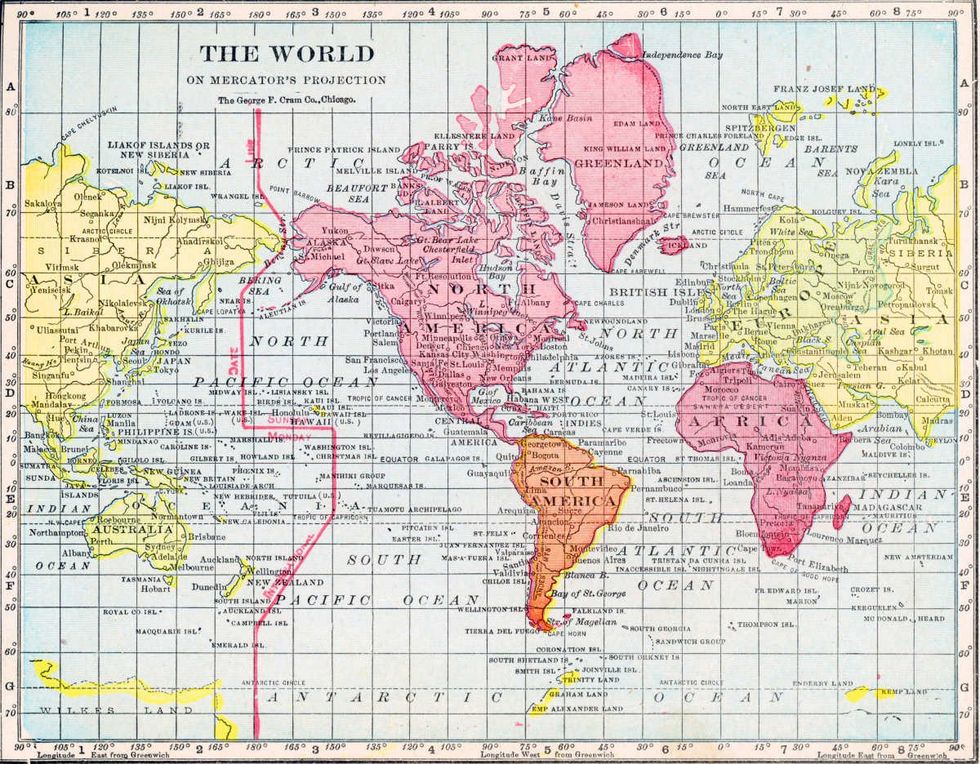
For instance, the Mercator projection map shrinks the size of countries in the Southern Hemisphere and stretches those in the Northern Hemisphere. This creates an issue called the “Greenland problem,” per All That's Interesting. The consequence is, that this map shows Africa and Greenland as roughly the same size, while in reality, Africa is almost fourteen times bigger than Greenland, per Scientific American.
In addition to the "Greenland problem," the Mercator map’s system suggests a cultural bias. As the map’s design depicts, European countries appear to be more powerful, as Arno Peters, a German historian also believed. Following Peters’ explanation, in 2017, Boston Public Schools started discarding the Mercator projection to “decolonize the curriculum in public schools” and switched to another map called the “Gall-Peters map.” This map too, came with its own inaccuracies.
So, while the Mercator projection map preserves the angles and shapes of the landmasses, it distorts the size of the landmasses. On the other side, the Gall-Peters projection map preserves the size but distorts the shape of the landmasses. "Every world map is distorted in some respect," Matthew Edney, a professor at the University of Southern Maine, told Live Science. The new map, the Equal Earth projection map, claims to solve all these problems. It was designed by cartographer Tom Patterson and his colleagues, Bojan Šavrič and Bernhard Jenny.
"We searched for alternative equal-area map projections for world maps, but could not find any that met all our aesthetic criteria. Hence the idea was born to create a new projection that would have more ‘eye appeal’ compared to existing equal-area projections and to give it the catchy name Equal Earth," the team explained in the paper.
The Equal Earth Map Projection
— Greg Cocks 🇺🇦 (@gregcocks_kiwi) May 9, 2023
-https://t.co/Hd436CuWsthttps://t.co/4mxlkCMwM0
-#GIS #spatial #mapping #EqualEarth #EqualEarthProjection #projection #projections #mapprojections #mapprojection #global #worldmapprojection #cartography pic.twitter.com/1ciDNQypuq
Their design was partly inspired by another map called the “Robinson projection map” from 1963. The Robinson map’s accuracy is known to lie somewhere between the Mercator and the Gall-Peters. It includes the bits and pieces of both the maps that are useful, and discard those that cause distortion. Patterson used this map while upgrading some of its features. “The Equal Earth map projection is inspired by the widely used Robinson projection, but unlike the Robinson projection, it retains the relative size of areas,” he said, per IFL Science.
Apart from a visually appealing design, the team employed complex mathematical equations to achieve the mapmaking objective, as they explained in a YouTube video. The first property they included in their projection was “straight pole lines,” followed by “straight and unequally spaced parallels.” Thereupon, they determined the spacing between the parallel and the equator. Then they used the “least square adjustment method” to model distances and came up with a polynomial equation that solely depended on the powers of parameters. Other properties they included in the map were “uniform distribution of meridians across each parallel” and “equal area condition.” The resulting map preserves both the size and shape of the continents, providing far greater accuracy than any of the previous world maps.





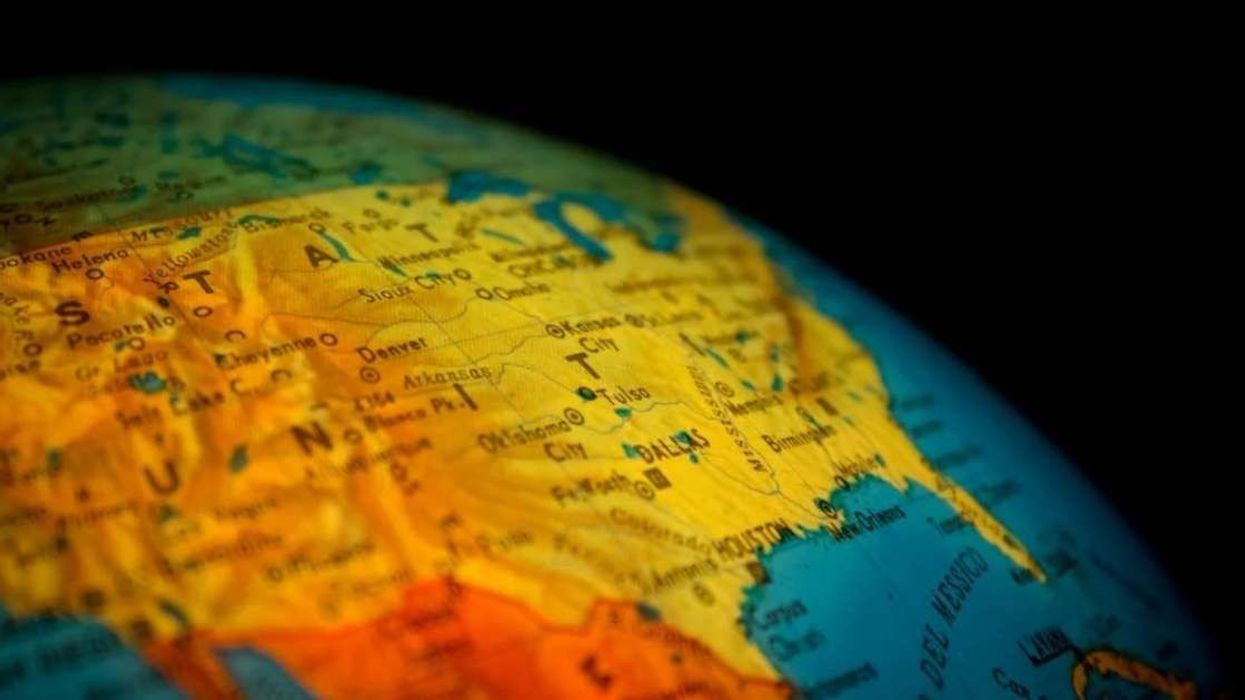

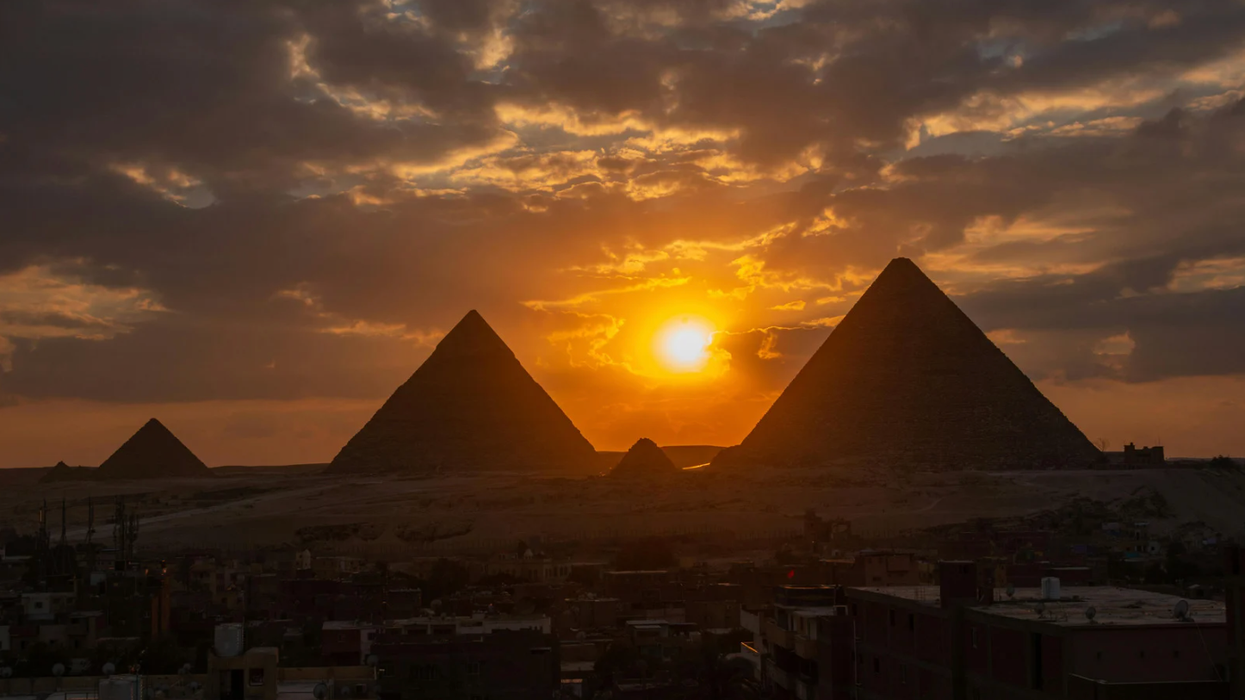










 Representative Image: Accents reveal heritage and history.
Representative Image: Accents reveal heritage and history.  Representative Image: Even unseen you can learn a lot from an accent.
Representative Image: Even unseen you can learn a lot from an accent. 

 Rice grain and white rice.Image via
Rice grain and white rice.Image via  Person eats rice.Image via
Person eats rice.Image via  Washing and rinsing rice.
Washing and rinsing rice.  Mother and daughter eating rice meal.Image via
Mother and daughter eating rice meal.Image via 

 Bees feeding on food source.Image via
Bees feeding on food source.Image via 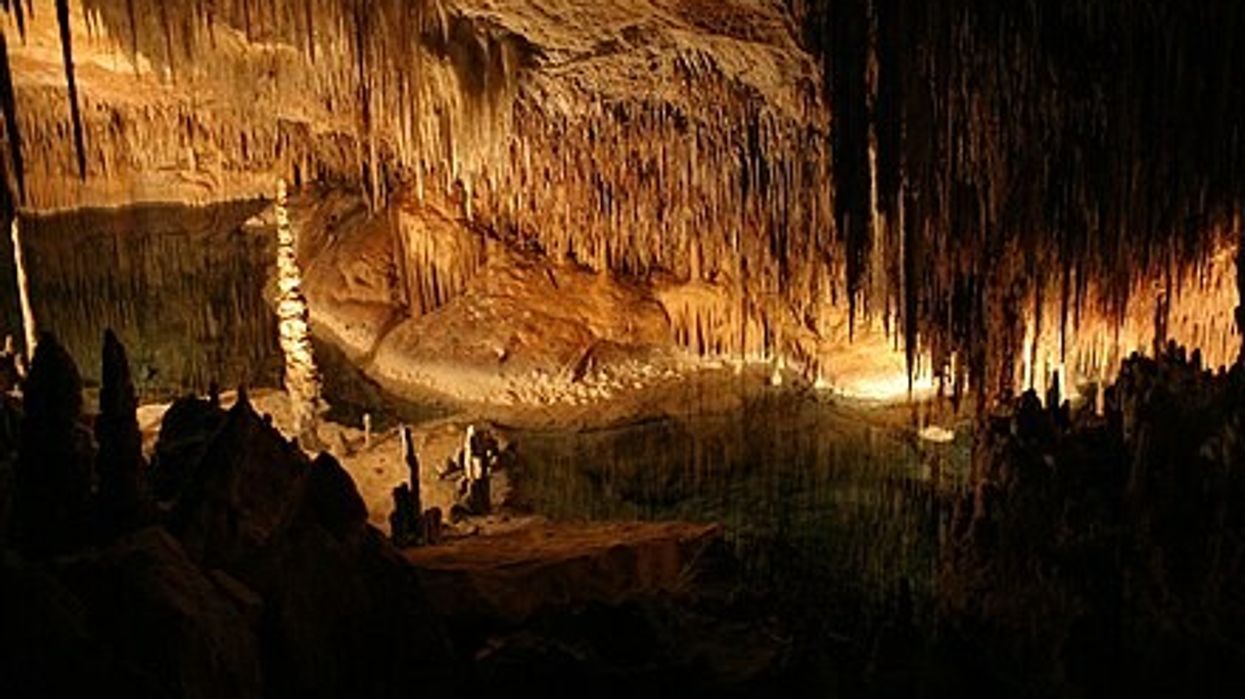
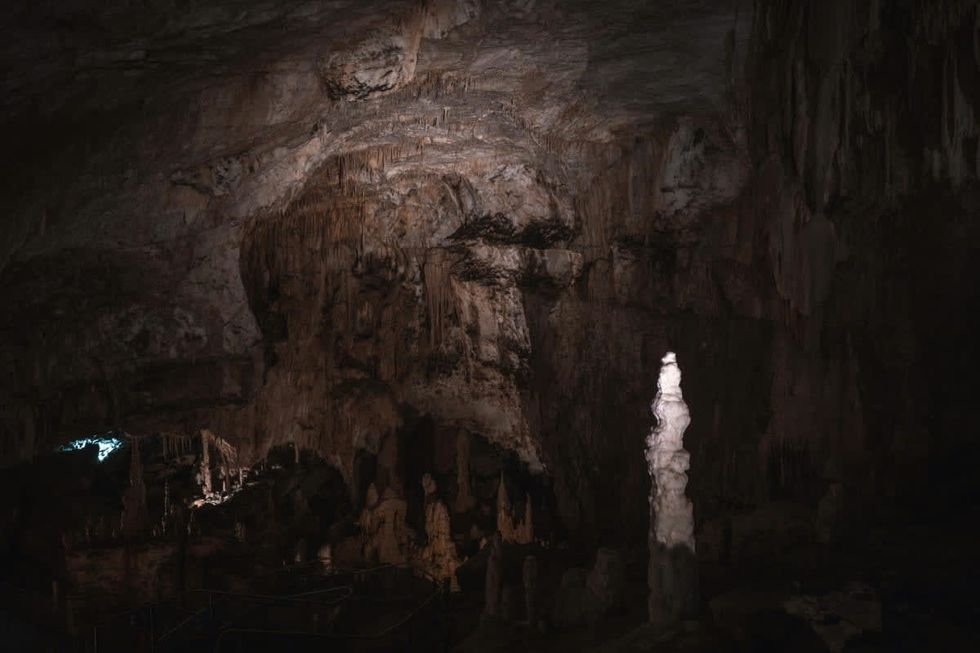 In the depths...Pexels | francesco ungaro
In the depths...Pexels | francesco ungaro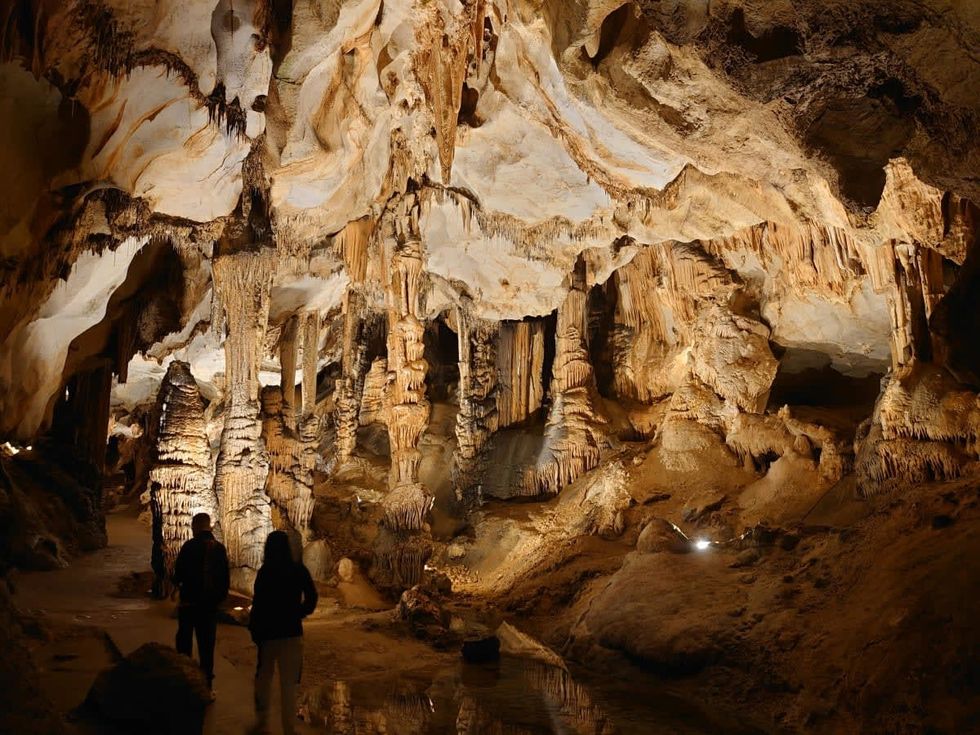 Hope the lights stay on. Pexels | parfait fongang
Hope the lights stay on. Pexels | parfait fongang "That was beyond crazy..." YouTube |
"That was beyond crazy..." YouTube |  "This is the stuff of my nightmares..."YouTube |
"This is the stuff of my nightmares..."YouTube |  "Totally blown away..." YouTube |
"Totally blown away..." YouTube | 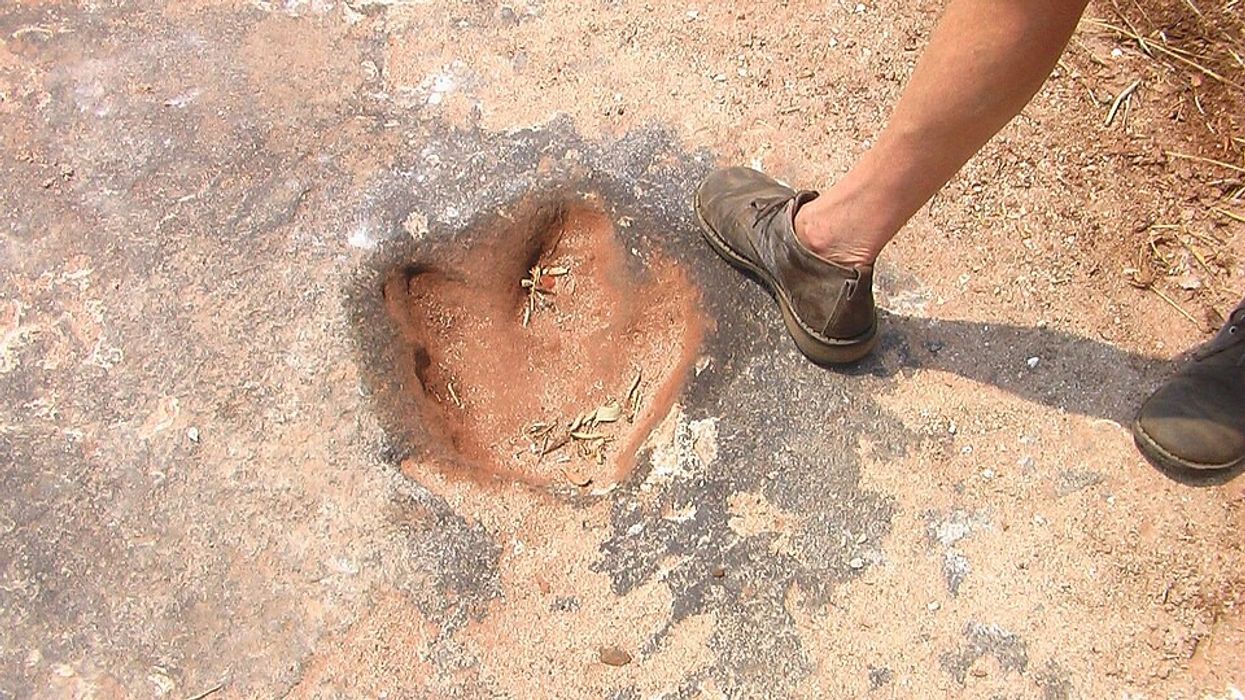
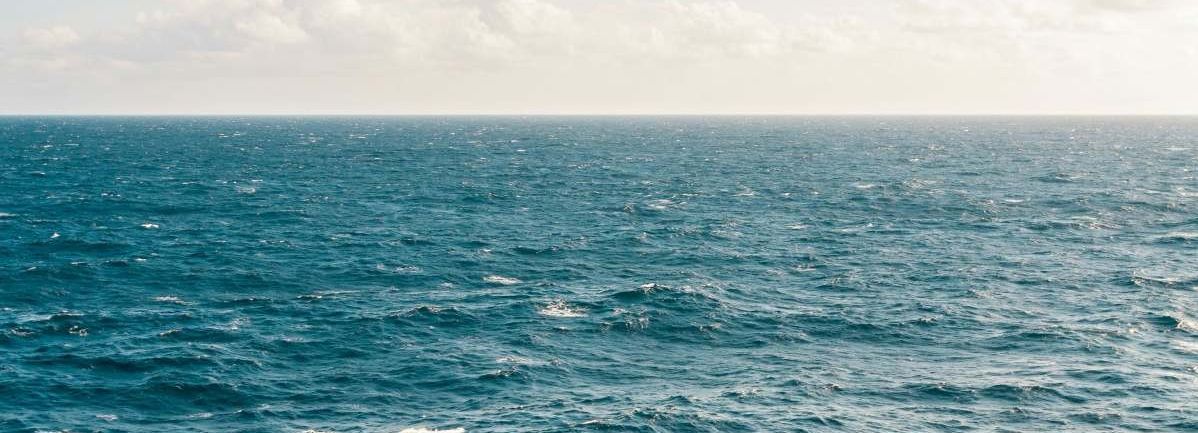 A representative Image of The Atlantic Ocean. Source: Pexels | Kellie Churchman
A representative Image of The Atlantic Ocean. Source: Pexels | Kellie Churchman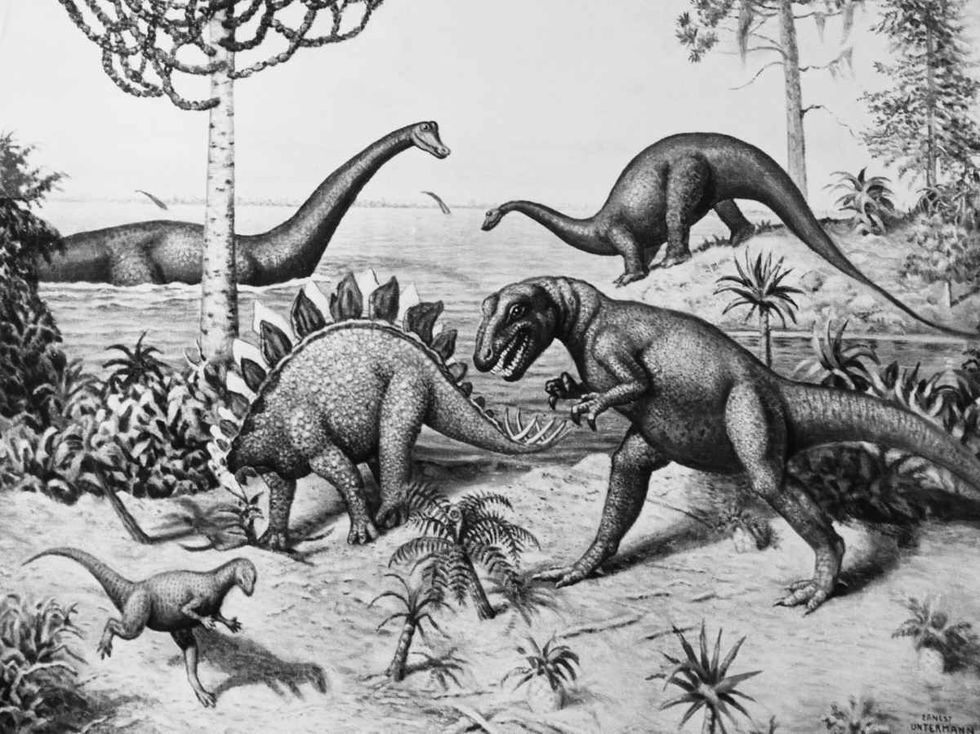 Representative Image Source: Painting from a series by Ernest Untermann in the museum at Dinosaur National Monument, Utah.
Representative Image Source: Painting from a series by Ernest Untermann in the museum at Dinosaur National Monument, Utah.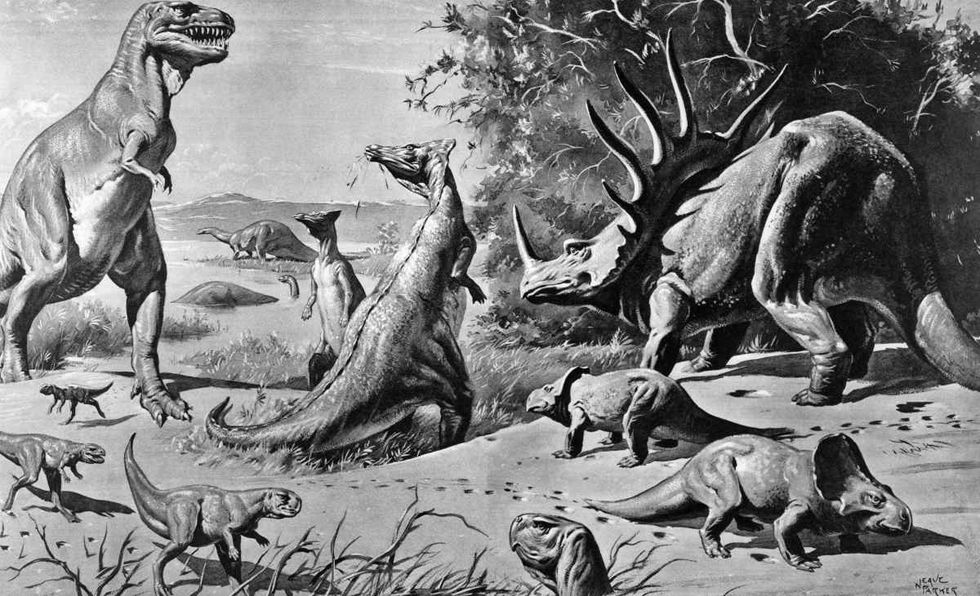 Representative Image Source: VARIOUS DINOSAURS IN GOBI DESERT. Photo by H. Armstrong Roberts/ClassicStock/Getty Images
Representative Image Source: VARIOUS DINOSAURS IN GOBI DESERT. Photo by H. Armstrong Roberts/ClassicStock/Getty Images
President Donald J. Trump and photo of a forest.
Public united and adamantly opposes Trump’s plan to roll back the Roadless Rule
There doesn't seem to be much agreement happening in the U.S. right now. Differing moral belief systems, economic disparity, and political divide have made a country with so many positives sometimes feel a little lost. Everyone desperately seeks a niche, a connection, or a strong sense of community to which they can feel a "part of," rather than just "apart."
But there seems to be one thing that the country strongly unites over, and that's the "Roadless Rule." With the Trump Administration attempting to roll back conservation policies that protect U.S. National Forests, Americans are saying in harmony an emphatic "No." A nonpartisan conservation and advocacy organization, the Center for Western Priorities, reviewed a comment analysis on the subject. After receiving 223,862 submissions, a staggering 99 percent are opposed to the president's plan of repeal.
What is the 'Roadless Rule' policy implemented in 2001?
The Roadless Rule has a direct impact on nearly 60 million acres of national forests and grasslands. According to the U.S. Department of Agriculture, the rule prohibits road construction and timber harvests. Enacted in 2001, it is a conservation rule that protects some of the least developed portions of our forests. It's considered to be one of the most important conservation wins in U.S. history.
America's national forests and grasslands are diverse ecosystems, timeless landscapes, and living treasures. They sustain the country with clean water and the wood products necessary to build our communities. The National Parks protected under their umbrella offer incredible recreational retreats and outdoor adventure.
Why does the administration want to roll it back?
U.S. Secretary of Agriculture Brooke L. Rollins told the Department of Agriculture in a 2025 press release, “We are one step closer to common sense management of our national forest lands. Today marks a critical step forward in President Trump’s commitment to restoring local decision-making to federal land managers to empower them to do what’s necessary to protect America’s forests and communities from devastating destruction from fires." Rollins continued, “This administration is dedicated to removing burdensome, outdated, one-size-fits-all regulations that not only put people and livelihoods at risk but also stifle economic growth in rural America. It is vital that we properly manage our federal lands to create healthy, resilient, and productive forests for generations to come. We look forward to hearing directly from the people and communities we serve as we work together to implement productive and commonsense policy for forest land management.”
Forest Service Chief Tom Schultz explained the Roadless Rule frustrated land management and acts as a challenging barrier to action. It prohibits road construction needed to navigate wildfire suppression and properly maintain the forest. Schultz said, “The forests we know today are not the same as the forests of 2001. They are dangerously overstocked and increasingly threatened by drought, mortality, insect-borne disease, and wildfire. It’s time to return land management decisions where they belong – with local Forest Service experts who best understand their forests and communities."
Why are people adamantly opposed to the proposed rollback?
A 2025 article in Earthjustice, a nonprofit environmental law organization, expressed its concern over the protection of national forests covering 36 states and Puerto Rico. A rescinded rule allows increased logging, extractive development, and oil and gas drilling in previously undisturbed backcountry. Here is what some community leaders had to say about it:
President Gloria Burns, Ketchikan Indian Community, said, "You cannot separate us from the land. We depend on Congress to update the outdated and predatory, antiquated laws that allow other countries and outside sources to extract our resource wealth. This is an attack on Tribes and our people who depend on the land to eat. The federal government must act and provide us the safeguards we need or leave our home roadless. We are not willing to risk the destruction of our homelands when no effort has been made to ensure our future is the one our ancestors envisioned for us. Without our lungs (the Tongass) we cannot breathe life into our future generations.”
Linda Behnken, executive director of the Alaska Longline Fishermen’s Association, stated, "Roadbuilding damaged salmon streams in the past — with 240 miles of salmon habitat still blocked by failed road culverts. The Roadless Rule protects our fishing economy and more than 10,000 jobs provided by commercial fishing in Southeast Alaska.”
The Sierra Club's Forest Campaign Manager Alex Craven seemed quite upset, saying, "The Forest Service followed sound science, economic common sense, and overwhelming public support when they adopted such an important and visionary policy more than 20 years ago. Donald Trump is making it crystal clear he is willing to pollute our clean air and drinking water, destroy prized habitat for species, and even increase the risk of devastating wildfires, if it means padding the bottom lines of timber and mining companies.”
The 2025 recession proposal would apply to nearly 45 million acres of the national forests. With so many people writing in opposition to the consensus, the public has determined they don't want it to happen.
Tongass National Forest is at the center of the Trump administration's intention to roll back the 2001 Roadless Rule. You can watch an Alaska Nature Documentary about the wild salmon of Tongass National Forrest here:
- YouTube www.youtube.com
The simple truth is we elect our public officials to make decisions. The hope is they do this for all of our well-being, although often it seems they do not. Even though we don't have much power to control what government officials do, voicing our opinions strongly enough often forces them to alter their present course of action. With a unanimous public voice saying, "No!" maybe this time they will course correct as the public wishes.